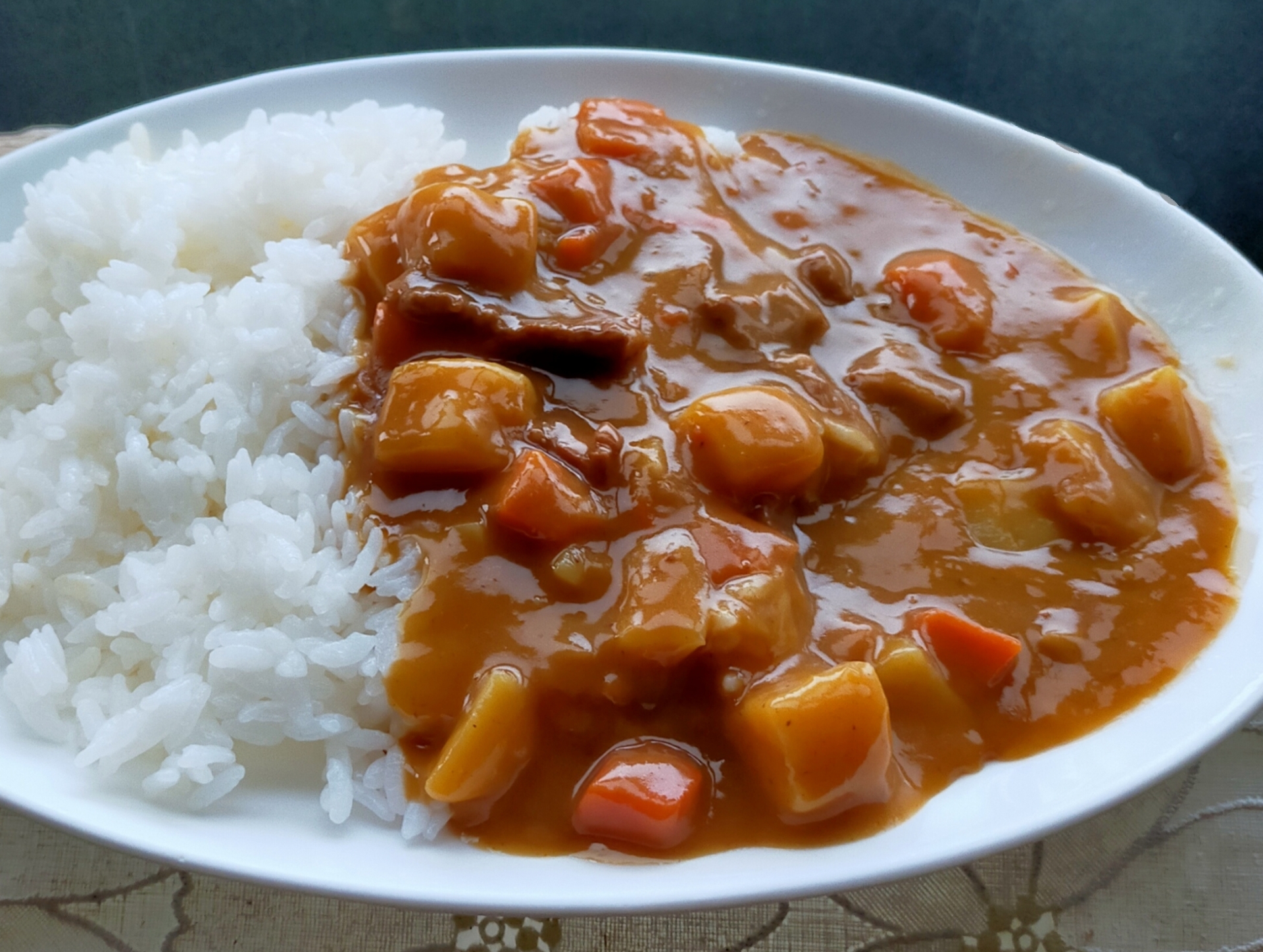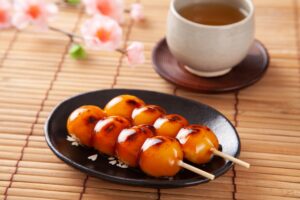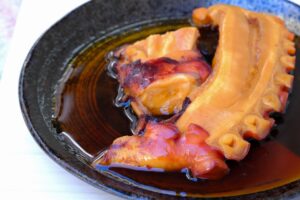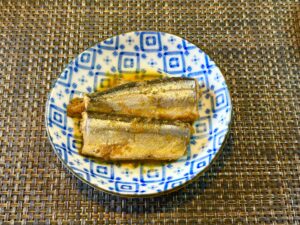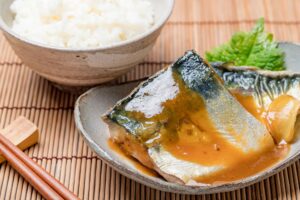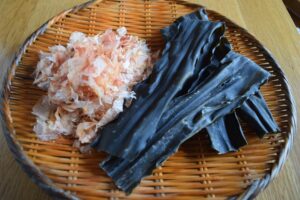Japanese curry, or kare raisu, is a beloved comfort food in Japan—rich, mildly spicy, and often served with rice or breaded cutlets. But how did it evolve from British naval cuisine to a national staple? This guide explores its history, ingredients, styles, and how to recreate this satisfying dish at home.
What Is Japanese Curry?
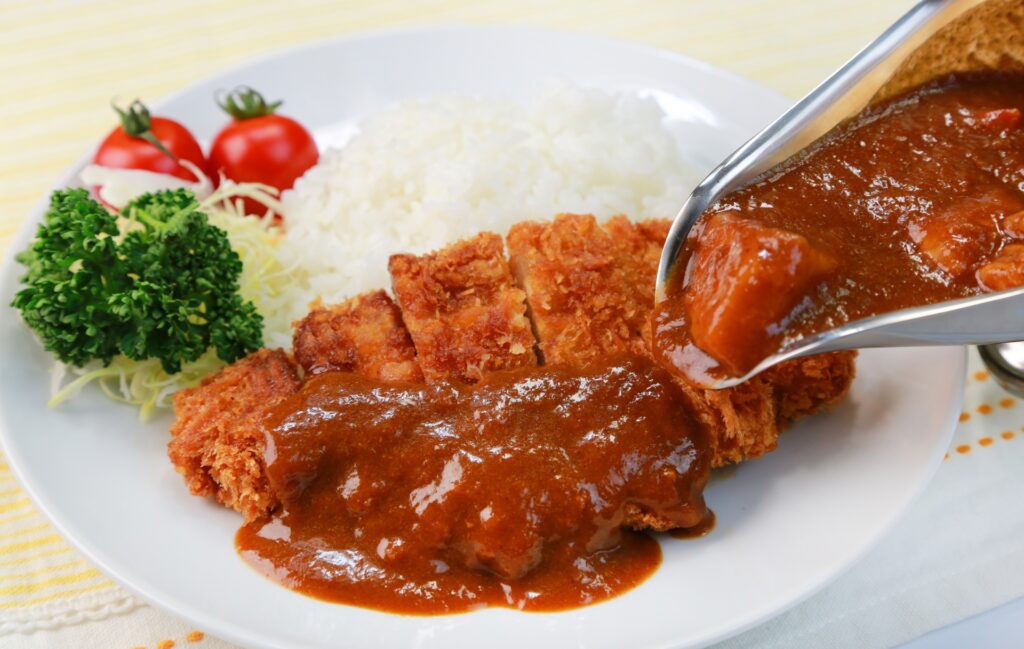
Japanese curry, known as kare (カレー), is a uniquely Japanese interpretation of curry, typically served with rice (kare raisu), breaded cutlets (katsu kare), or thick noodles (curry udon). Unlike its Indian or Thai counterparts, Japanese curry is characterized by a thick, stew-like consistency and a rich, mildly spicy-sweet flavor profile. It is usually made with a ready-made curry roux, simmered with meat (commonly beef, pork, or chicken), and vegetables like potatoes, carrots, and onions.
The flavor is often described as comforting and slightly sweet, with layers of umami. A hint of fruitiness (thanks to optional ingredients like grated apple or honey) balances its savory depth. The dish’s convenience, customizability, and satisfying warmth have made it a national favorite—deeply embedded in Japanese food culture and widely available in homes, schools, restaurants, and even convenience stores.
A Brief History of Japanese Curry
Curry was introduced to Japan during the Meiji era (1868–1912), when the country opened its borders to Western influence. The British Navy, who had adopted curry from India during colonial rule, brought a version of the dish to Japan. The Japanese military adopted it for its nutritional balance and ease of preparation, and it quickly spread into the public sphere.
By the 1920s, Japanese curry became part of school lunch programs, helping to engrain it in the cultural fabric. The post-WWII era saw the rise of mass-produced curry roux blocks, making home cooking even easier. Today, curry is as Japanese as ramen or miso soup, reflecting a fascinating evolution of global culinary exchange.
Timeline of Japanese Curry Evolution:
- 1868: Meiji Restoration opens Japan to Western influence.
- Late 1800s: British Navy introduces curry to the Japanese military.
- 1920s–1960s: School lunch programs popularize curry among children.
- Present Day: Japanese curry becomes a national comfort food with wide availability.
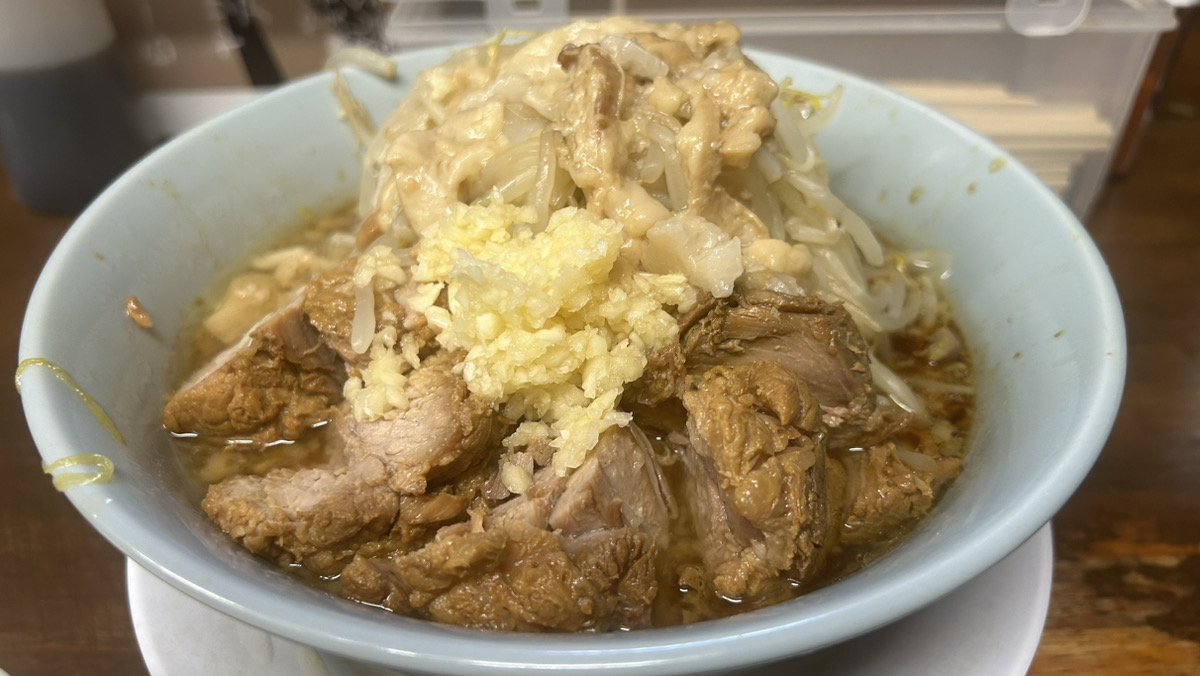
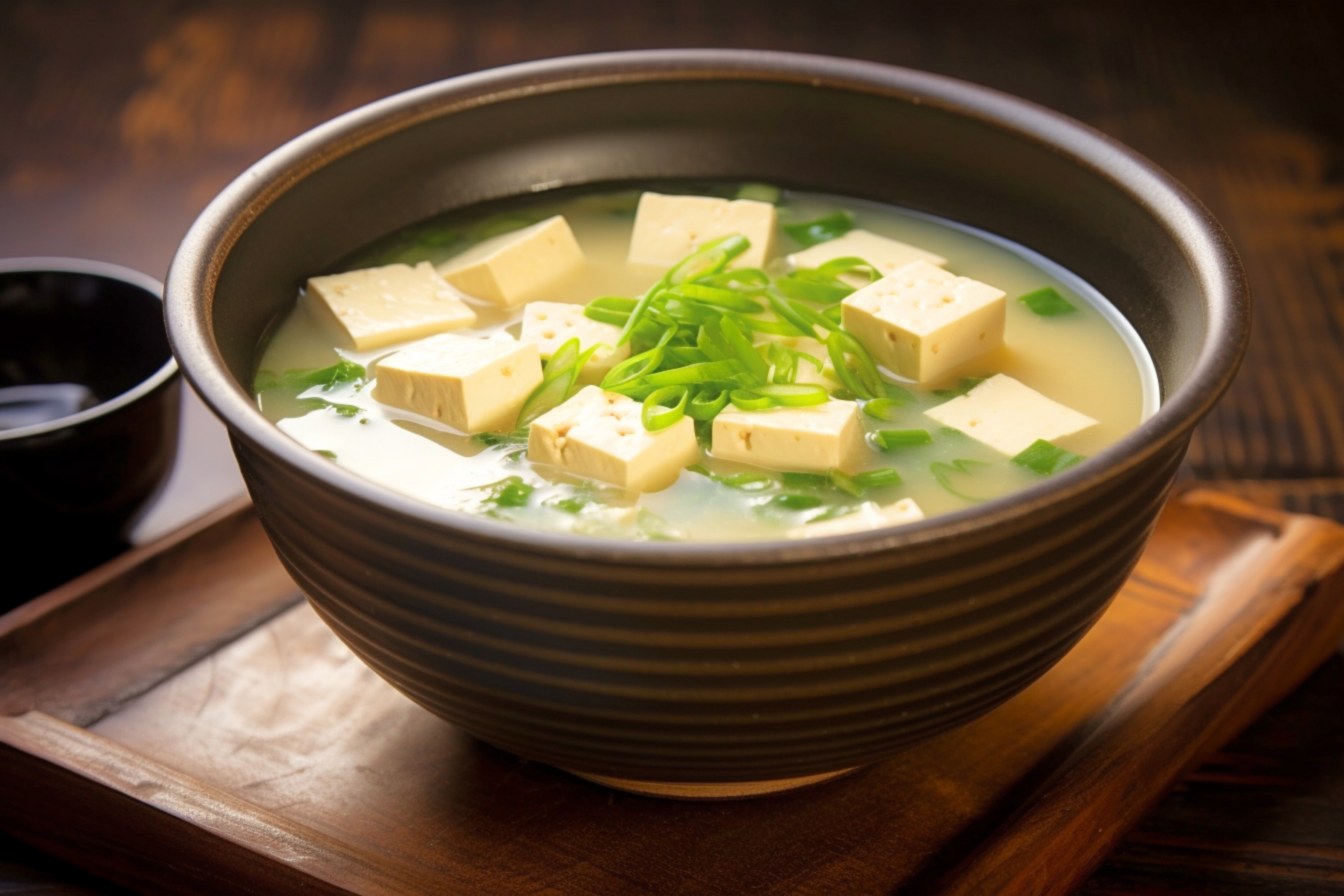
What Makes Japanese Curry Different from Indian or Thai Curry?
Japanese curry stands apart from Indian and Thai varieties in several key aspects. While Indian curries are spice-dense and varied, and Thai curries are coconut-rich and often fiery, Japanese curry offers a thick, gravy-like texture and a mellow, sweet-savory taste. Here’s how they compare:
| Feature | Japanese Curry | Indian Curry | Thai Curry |
| Spice Level | Mild | Medium–Hot | Hot |
| Texture | Thick, Stew-like | Varies | Soupy |
| Base Flavor | Sweet-savory | Spice-heavy | Coconut-rich |
| Ingredients | Roux, potatoes, carrots, onions | Variety of spices, lentils, meats | Coconut milk, lemongrass, chilies |
Japanese curry is more about comfort than heat. Its consistency resembles a thick stew, perfect for pouring over rice. It often uses a flour-based roux—a nod to French culinary techniques introduced through British influence.
Core Ingredients of Japanese Curry
At its heart, Japanese curry consists of:
- Curry Roux: The base, usually store-bought in blocks (House Foods and S&B are top brands). Contains flour, oil, curry powder, and seasonings.
- Protein: Beef, pork, or chicken are most common.
- Vegetables: Onions, carrots, and potatoes are standard.
Optional additions include:
- Grated apple or honey (adds sweetness)
- Soy sauce or Worcestershire sauce (for depth)
- Peas, mushrooms, or corn (for variety)
The result is a dish that can be prepared quickly on a busy night or slowly simmered for deeper flavor.
How to Make Japanese Curry at Home
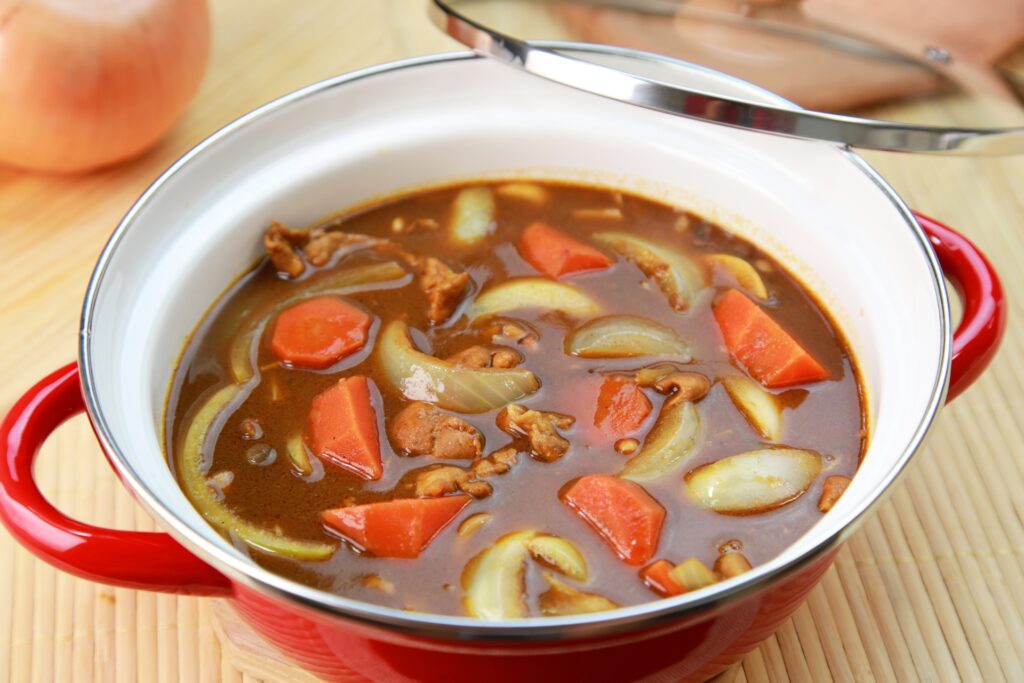
Basic Recipe Using Boxed Roux:
Ingredients:
- 1 lb meat (beef, pork, or chicken)
- 2 potatoes, peeled and cubed
- 2 carrots, sliced
- 1 onion, chopped
- 4 cups water
- ½ box Japanese curry roux (e.g., Golden Curry)
Instructions:
- Saute onions in oil until translucent.
- Add meat, cook until browned.
- Add potatoes and carrots. Stir briefly.
- Pour in water and bring to a boil. Simmer for 15–20 minutes.
- Turn off heat, add curry roux blocks.
- Stir until roux dissolves. Simmer another 10 minutes.
- Serve with steamed rice.
From-Scratch Curry Roux (Advanced Option):
- In a saucepan, melt 2 tbsp butter.
- Add 2 tbsp flour, stir continuously for 10–15 minutes until deep golden brown.
- Add curry powder, garam masala, chili powder to taste.
- Mix into your curry instead of boxed roux.
Prep Time: ~15 minutes Cook Time: 30–40 minutes Tools Needed: Large pot, cutting board, knife, ladle
Optional Variations: Katsu Curry, Vegetable Curry, and Curry Udon
Katsu Curry features crispy breaded pork or chicken cutlets placed on top of curry rice. The crunchiness of the cutlet contrasts deliciously with the rich sauce.
Vegetable Curry swaps meat for seasonal produce like bell peppers, mushrooms, eggplant, or lotus root—great for vegetarians.
Curry Udon replaces rice with thick, chewy udon noodles. A lighter broth-like curry sauce is often used for easier slurping.
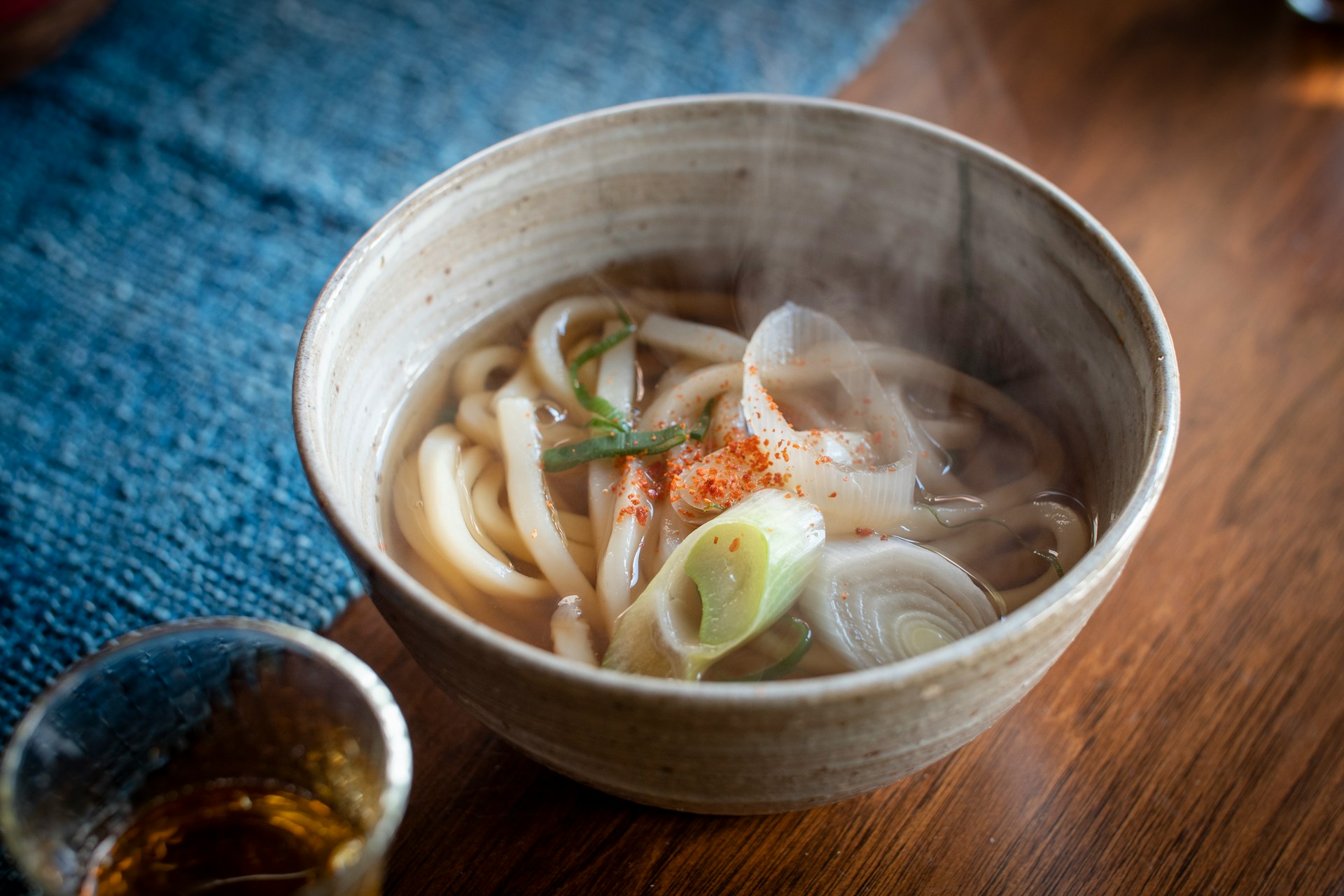
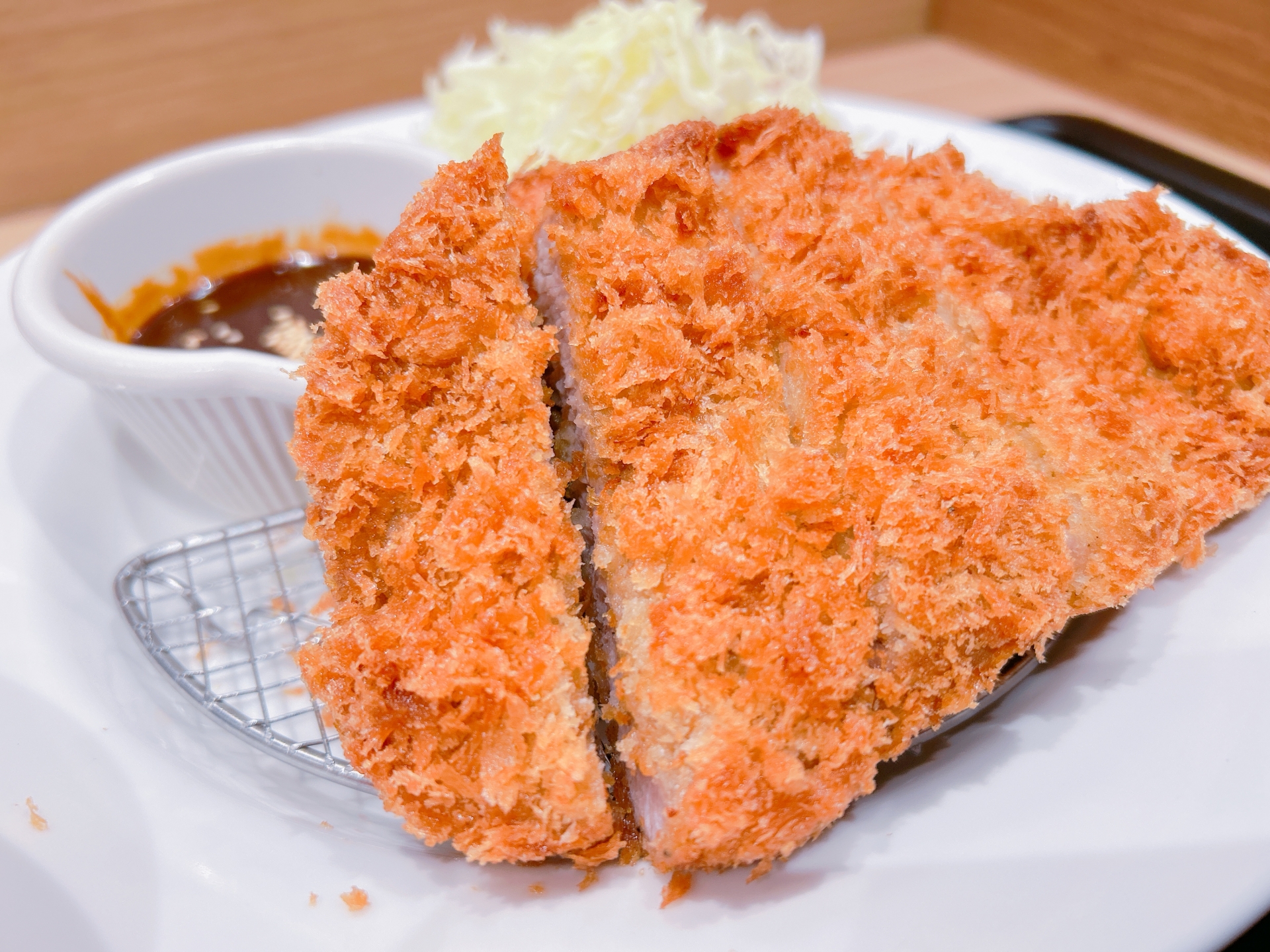
Vegan and Gluten-Free Japanese Curry Options
For a plant-based version, use:
- Vegan meat substitutes (e.g., Beyond Meat, tofu, seitan)
- Vegetable broth in place of meat-based stocks
- Gluten-free roux brands like S&B’s “Spicy Curry Sauce Mix” (labeled GF) or homemade roux with rice flour
Make sure to check labels—some commercial roux contains milk powder or wheat flour. Alternatively, DIY your curry roux using oil, rice flour, and a custom spice mix.
Where to Try Japanese Curry
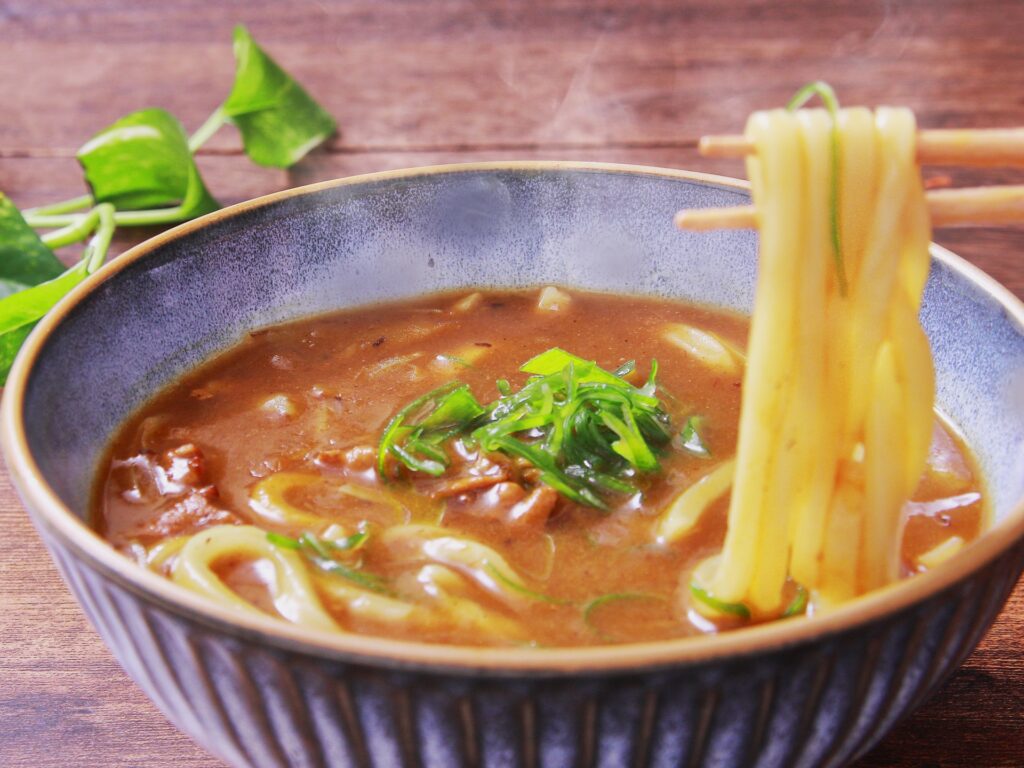
In the U.S., try:
- Coco Ichibanya: A global chain with customizable spice levels and toppings.
- Curry House: Popular in California for its authentic offerings.
Japanese Grocery Stores:
- Mitsuwa, H Mart, Tokyo Central offer curry roux, ready-to-eat versions, and curry pan (deep-fried bread with curry filling).
Convenience Stores (in Japan):
- 7-Eleven, Lawson, and FamilyMart offer excellent ready-made curry bowls and snacks like curry bread.

Final Thoughts: Why Japanese Curry Is So Loved
Japanese curry holds a unique spot in Japanese culture as a comfort food deeply tied to childhood memories, school lunches, and home cooking. Its warm, mellow flavor, adaptability, and ease of preparation have contributed to its widespread popularity. Whether enjoyed as a hearty meal after a long day or discovered through anime, travel, or culinary curiosity, Japanese curry continues to win over hearts worldwide. Its evolution from British naval stew to Japanese soul food makes it a delicious story of cultural transformation and enduring appeal.

